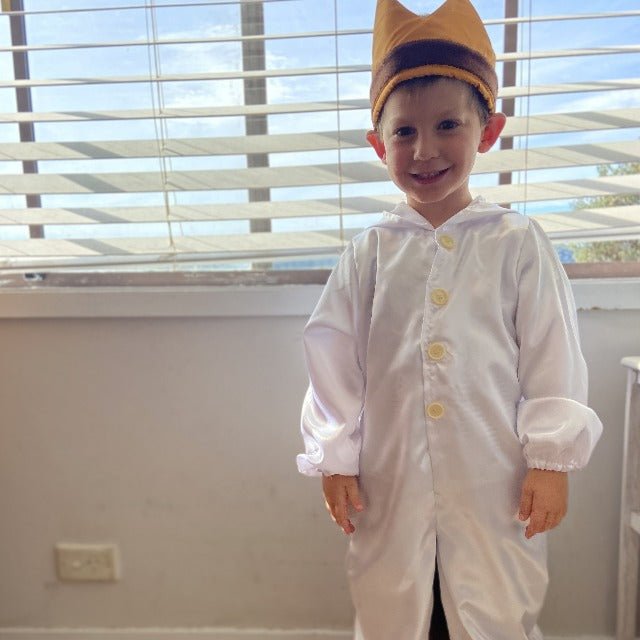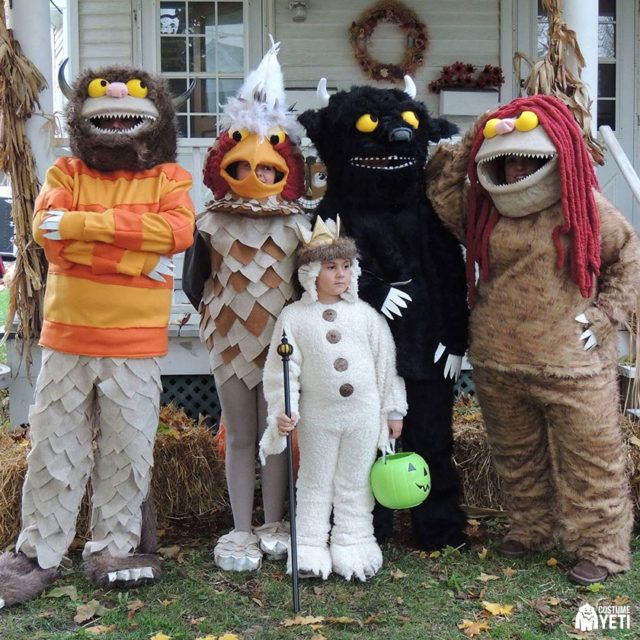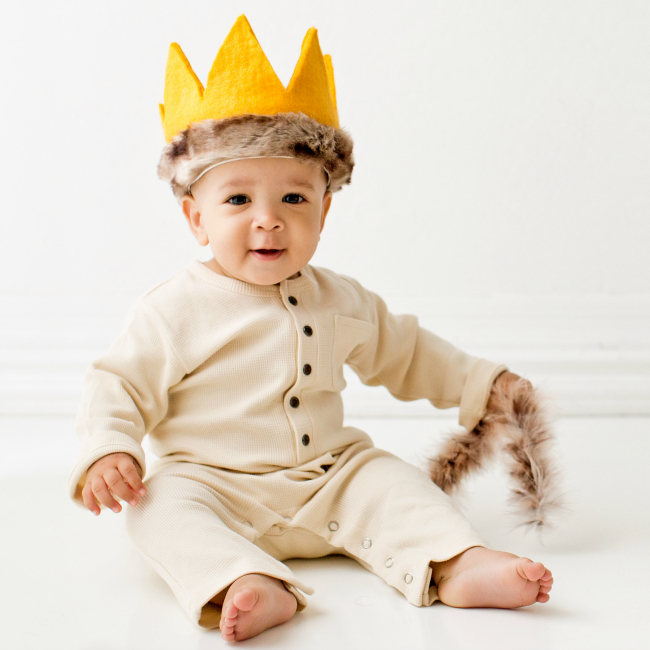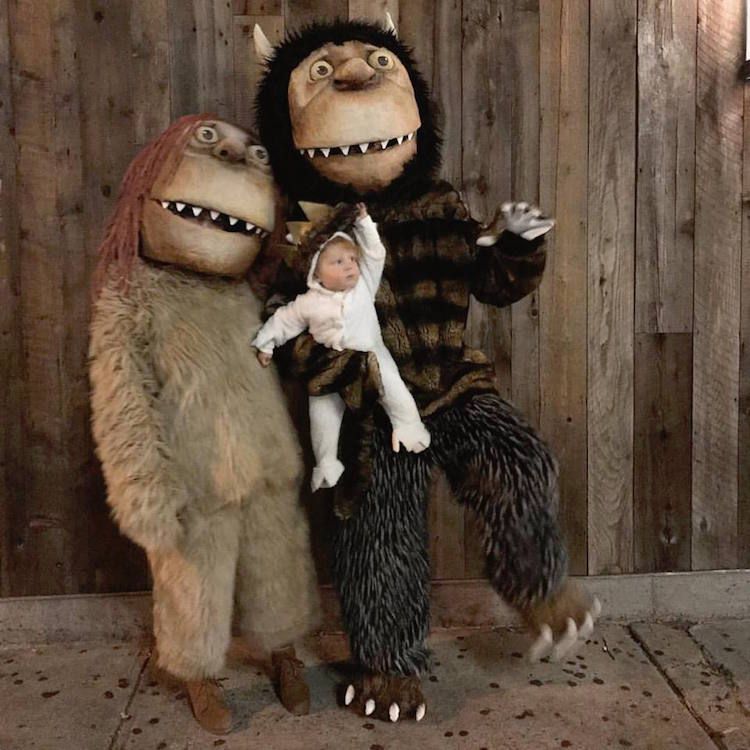Laying the Foundations for Your Wild Thing Costume
Understanding the Character Design
Before delving into costume creation, it’s important to understand the character design of the “Wild Things” from Maurice Sendak’s beloved book, “Where the Wild Things Are.” Each creature has its own distinct look with common features like fur, claws, horns, and oversized eyes. Select the specific Wild Thing you desire to embody or draw inspiration from several to create a unique version. Payne attention to color schemes, textures, and shapes that define your chosen character. This attention to detail will help in crafting a costume that captures the essence of the Wild Things.
Gathering Materials and Supplies
Once you have a clear vision for your costume, the next step is to collect all the necessary materials and supplies. Key items may include faux fur fabric, foam for shaping horns or facial features, fabric glue, a hot glue gun, and sewing supplies if you intend to stitch parts of the costume. You may also need body paint for a more authentic look and felt or other materials for additional detailing. Opt for comfortable clothing as a base to affix pieces to, ensuring that the costume is not only impressive but also wearable for extended periods.

Constructing the Costume’s Main Features
Creating the Body of the Costume
The body of the costume serves as the canvas for all other features. Start by choosing a base, such as a jumpsuit or a hoodie and a pair of sweatpants, which provides ease of movement and a surface to attach fur and other elements. Apply the faux fur fabric using fabric glue or stitch it onto your base, covering as much area as needed to mimic the Wild Thing’s furry appearance. Make sure the fur lays flat and has a natural look, trimming areas to create a seamless blend where different pieces meet.
Crafting the Face and Headpiece
Creating the face and headpiece is crucial to the Wild Thing costume, as it captures the character’s expression. Construct a headpiece from a base, like a beanie or cap, to which you can add ears, horns, or facial features. Use foam to create the form of horns or ears, then cover them with fabric that matches the body’s fur. Attach the pieces firmly to the base, ensuring they stand up straight. For facial features like eyes or teeth, felt is a great material to cut out shapes and affix to the front of the hoodie or a mask.
Adding Details and Final Touches
Attaching Horns, Claws, and Tails
The details can make or break a costume, turning an ordinary outfit into an extraordinary representation of a Wild Thing. Horns can be fashioned from foam or other lightweight materials and affixed to the headpiece with glue or securely stitched in place. For claws, use felt or leather, attaching them to the fingertips of gloves. A tail is also a defining feature that can be created with fur and stuffed to give it volume, then attached to the back of the costume, ensuring it’s properly secured for safety and comfort.
Refining the Look with Paint and Texture
Perfecting the Wild Thing costume involves adding color and texture for depth. If your character has distinct markings, use fabric paint or sew on pieces of fabric in contrasting colors. Airbrushing can give a gradient effect for those willing to take that extra step. Don’t forget facial details, which can be achieved with body paint or makeup. Practice your makeup look before wearing the costume to ensure the desired effect and to check for any skin reactions.

Practical Considerations for Wearability and Safety
Ensuring Comfort and Mobility
A great costume also needs to be practical, allowing for wearability without sacrificing mobility. Ensure that the costume allows for easy movement, with all pieces firmly attached to avoid any mishaps. Check that the costume isn’t too hot or itchy, particularly if it involves a lot of fur, and consider lining the inside with a softer, breathable fabric. It’s also vital to have clear visibility if your costume includes a mask or hood with facial features.
Safety Precautions
While creating your Wild Thing costume, keep safety at the forefront. Be wary of tripping hazards such as long tails or paws that may drag on the ground. If your costume includes large headpieces or horns, ensure they are not too heavy or set up in a way that they could harm others. Choose flame-retardant materials whenever possible, and consider the costume’s overall weight, as a heavy costume can lead to fatigue or overheating. Always have an easy way to remove the costume, should an emergency arise.
In crafting your “Where the Wild Things Are” costume, consider the balance of authenticity and practicality. Strive to make a costume that looks true to the character while being comfortable and safe to wear. Focus on the unique features like the fur, facial expression, and horns, and take the extra time to add the small details that bring the Wild Thing to life. Wearability and safety are paramount, so plan your costume with these factors in mind. With careful planning and creativity, you can create a Wild Thing costume that will capture imaginations and inspire awe at any dress-up occasion.
Enhancing the Costume with Movement and Sound
Bringing the Wild Thing to Life
To truly embody the Wild Thing character, consider how the costume will move with you. Movement is a key element in bringing the creature to life. Practice moving in a way that mimics the character’s behavior; study their movements from the book illustrations or the movie adaptation. If your costume includes a tail, attach it in a way that allows it to swish naturally. You can even add sound elements, like a small speaker playing forest sounds or growls that align with the actions of the Wild Thing, amplifying the overall effect and immersion for both you and your audience.
Comfort Measures and Adjustments
Given that costumes are often worn for extended periods. Especially during events like Halloween or conventions, integrating comfort measures is essential. If the costume is too warm, install small hidden vents in the fur or use moisture-wicking fabrics for the base layer to keep cool. Padding in shoes or gloves can improve comfort, and choosing lightweight materials for horns and headpieces prevents neck strain. Always do a full wear test at home to make adjustments for comfort before debuting your Wild Thing costume publicly.

The Finishing Touches: Personality and Accessories
Personalizing Your Wild Thing
Each Wild Thing has its own personality, so add touches that give your costume individual character. If the Wild Thing you are creating is known for being mischievous, consider carrying around playful props. For a more sinister character, practice a menacing growl or perfect a brooding posture. Use the book or film as reference, but don’t be afraid to also inject a bit of your own personality into the costume. It’s these unique touches that will make your Wild Thing truly one-of-a-kind.
Crafting Thematic Accessories
Accessorize your Wild Thing costume with thematic items that complement the character. Create a scepter or a crown if you’re dressing as Max to symbolize his role as the king of the Wild Things. For the creatures, you might craft items like a medallion that represents their wild domain or a pouch filled with “magic” stones or bones. The accessories should be consistent with the “Where the Wild Things Are” universe, enhancing the believability and depth of your costume.
Incorporating movement and sound can transform a static costume into a living, breathing representation of a Wild Thing. This attention to the dynamic elements will make your portrayal more convincing and memorable. Equally important is the consideration given to the practicality and comfort of the costume, allowing for an enjoyable experience both for the wearer and the spectators. Personal touches in both character portrayal and accessories will lend authenticity and originality to the costume. With dedication to the character’s traits and an eye for detail. You can take the leap from merely dressing up to an all-encompassing performance that embodies the heart and soul of the Wild Things.
